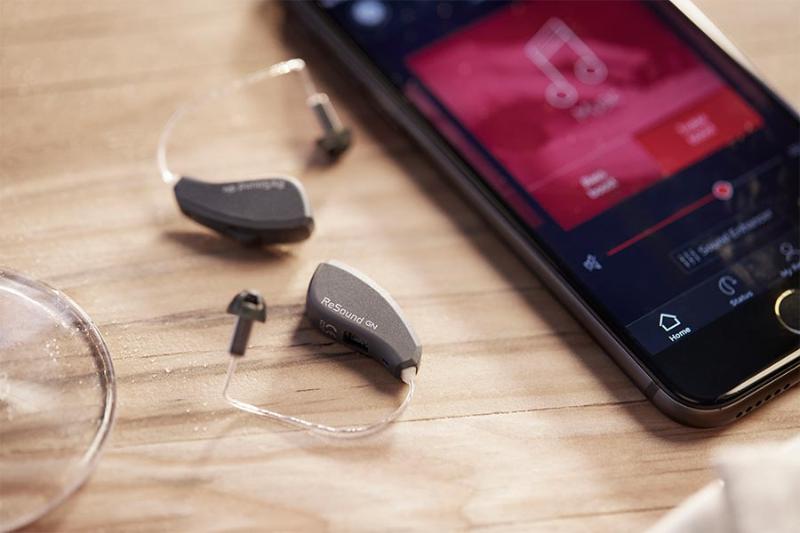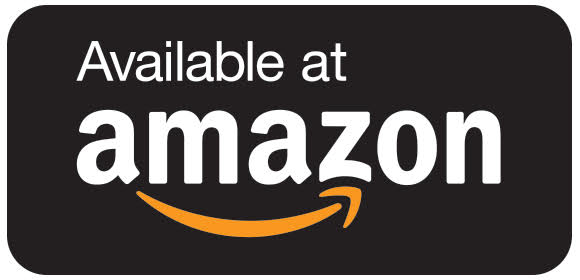The hearing aid brands have been using Bluetooth as a means for connection to other devices for many years. About five years ago, Resound was the first to use Bluetooth Low Energy to connect to Apple devices, primarily phones. Many of the other manufacturers followed suit. One of the issues was that until recently, Bluetooth Low Energy only worked with Apple devices, not Android phones, or any other phones for that matter. In the recent past, one manufacturer has turned to Bluetooth Classic for their audio streaming and call needs because they believe it offers everything they need. So what's the difference between them, and what do you need to know?

The main differences between Bluetooth Classic and Bluetooth Low Energy in hearing aids are power consumption, throughput (the amount of data that can be shared) and finally connection opportunities and abilities. Let's look at those individually.
Power Consumption
Bluetooth Classic is far more power-hungry than Bluetooth Low Energy, in fact, by a huge margin. That isn't the complete story though when it comes to hearing aids and streaming. Even though many of the hearing aid brands are using a flavour of BTLE, it can still be power-hungry, just less than Bluetooth Classic.
The manufacturer that uses Bluetooth Classic for audio streaming has taken pains to reduce the power consumption during streaming and uses Bluetooth Low Energy when streaming from its accessory devices. In general, hearing aids that use Bluetooth Low Energy last longer than hearing aids that use Bluetooth Classic, but the difference is probably marginal. When it comes to Power Consumption, Bluetooth Low Energy is the clear winner, but only technically.
Throughput
Bluetooth Classic can carry far more data information than Bluetooth Low Energy. However, Bluetooth Classic can suffer from latency issues (slight delay on signal). The fact that Bluetooth Classic carries far more data makes it ideal for audio streaming. It should offer a better audio streaming experience. However, there has been huge work on audio codecs that work with Bluetooth Low Energy, which translates to a decent enough audio experience. In general, the difference isn't that noticeable to the average ear. Audiophiles will most definitely notice it, but for most of us, either one is probably good enough. In point of fact, the brand that uses Bluetooth Classic uses a version of Bluetooth Low Energy for their TV streamer to conserve power. When it comes to throughput and audio quality, Bluetooth Classic is the clear winner, again though, only technically.
Connection Opportunities
Bluetooth Classic can be used to connect directly to pretty much any Bluetooth device with audio output for audio streaming. It can be used to connect to computers, all types of mobile phones, music players, tablets and even TVs (don't ever connect directly to a Bluetooth TV, it will just chew through your battery). Whereas, Bluetooth Low Energy can be used to connect directly to Apple phones and iPads only. Although, that is changing with the release of Android 10.
At present, ReSound Quattro hearing aids can connect directly to Google Pixel 3 phones that have been updated to Android 10 for streaming of audio. It is to be expected that more of the hearing aid brands will introduce this and the list of compatible Android phones will just grow. However, you still won't be able to connect to other mobile phones, computers or music devices (with the exception of Apple iPods) with those hearing aids without the aid of an intermediary streamer. When it comes to direct connection opportunities, Bluetooth Classic is the clear winner.
Real-World Experience
While everything we have spoken about so far is great, it is basically technical in nature. What does it mean for actual real-world experience? I have used both systems extensively, using Bluetooth Classic from two brands and Bluetooth Low Energy from pretty much every hearing aid brand that offers it. These are my observations.
Robustness of Connection
In general, both systems offer a robust connection, Bluetooth Low Energy can suffer from so-called body shadow. when streaming audio If the phone has the body between it and the hearing aids, it can cause a drop out of audio, usually to one ear. Generally, once you move the phone the problem is sorted. In my experience, Bluetooth Classic doesn't seem to suffer the problem, mainly because of the high output of the system.
Sometimes, Bluetooth Low Energy devices will not connect, for absolutely no apparent reason, generally, a reboot of the hearing aids sorts it out. It has happened to me once or twice with Bluetooth Classic, but it seems to be far less of an issue.
Audio Quality
As I said, in general, I don't see a huge difference in audio quality between the two systems but I am not necessarily an audiophile. There can be differences in audio quality between the different brands, but that is more to do with the different things they do when presenting the audio. For instance, ReSound gives streamed audio an automatic Bass boost which makes it sound better. Not all the brands do that, or at least in the past, not all of the brands did it (it might have changed since I experienced them). For me at least, both systems meet my audio needs very well.
Taking Calls
There is a huge difference between taking calls with Bluetooth Classic and Bluetooth Low Energy hearing devices. Bluetooth Classic devices use the headphone profile for calls which means that you can use them completely hands-free.
You can simply press a button on the hearing aid to answer the call and chat away. The hearing aid acts as a headset, streaming the caller directly to your ears and using the microphone on the hearing aids to stream your voice back to the caller. Whereas the Bluetooth Low Energy devices allow the caller's voice to be streamed directly to your ears, but you need to speak into the phone microphone for them to hear you. You can get around this by using a streaming device, but many people just don't like it for some reason.
There is a great simple joy in using Bluetooth Classic to go hands-free and it offers benefits if you are in a situation where you can't pick up your phone for some reason. Unfortunately, just like everything else, it also has its pitfalls. When using Bluetooth Classic in noisy situations, sometimes the caller can't hear you.
When this happens, you either have to end the call or try to get to somewhere quieter, it is as simple as that. You can do nothing that will allow you to use the phone microphone. The only thing you can do is to perhaps turn off the Bluetooth connection and use your mobile phone as normal, which isn't really ideal.
While the Bluetooth Low Energy devices mean using your phone to speak back to the caller, I have never been in a position that the caller couldn't hear my voice because of the background noise. It just doesn't really happen. In my experience, call quality between both Bluetooth Classic and Bluetooth Low Energy is relatively similar. When it comes to taking calls, I think it is up to you to choose which would be your weapon of choice, there are pros and cons to each system.
Battery Life
To be really honest, battery life as much changes from hearing aid device to hearing aid device as it does between one or the other of the Bluetooth Flavours. Bluetooth classic is definitely more power-hungry but you should still get three to four days out of a 312 battery depending on the amount that you stream. Generally, the Bluetooth Low Energy hearing aids will offer you between four and five days again depending on how much you stream.
When it comes to rechargeable hearing aids, both Bluetooth Classic and Bluetooth Low Energy devices offer a full day of use with streaming. In general, though, I am less worried about battery life on my Bluetooth Low Energy devices than I am on my Bluetooth Classic devices, but I would be definitely seen as a power user. I take a lot of calls and listen to a lot of streamed audio, sometimes up to seven or eight hours while writing.
Is one better than the other? I think that depends on what you want from them and what you want to do with them. Direct connectivity to any device is great but the simple addition of a streamer will give you that with Bluetooth Low Energy hearing aids. Hands-Free calls are really great, but they don't work out great in all situations. Battery life is a little better from Bluetooth Low Energy, but it isn't bad with Bluetooth Classic. The audio quality for most of us is probably much of a muchness.
I think the key is what do you want? I have laid out what I think is vital for you to know, choose your weapon of choice wisely.










